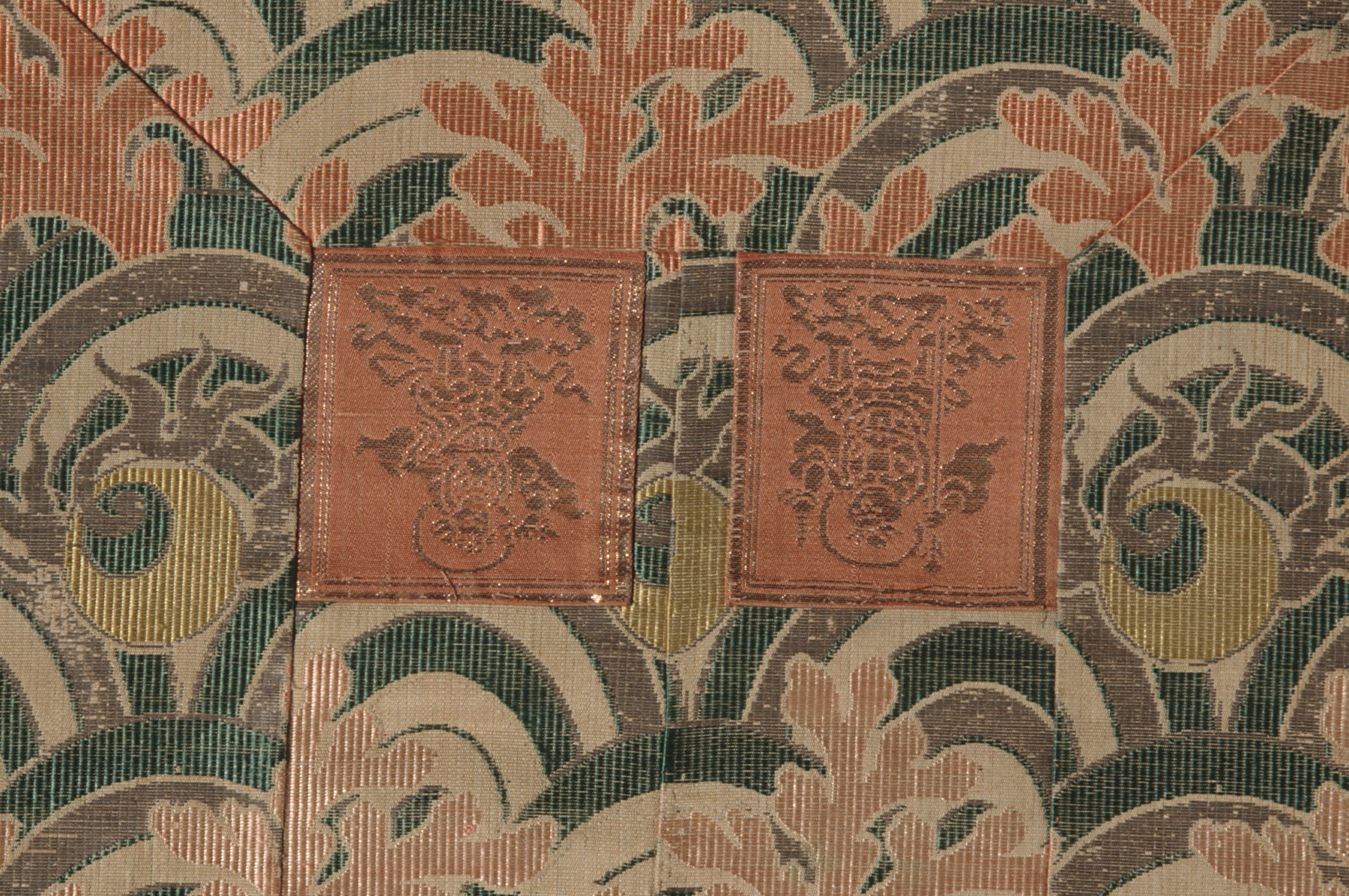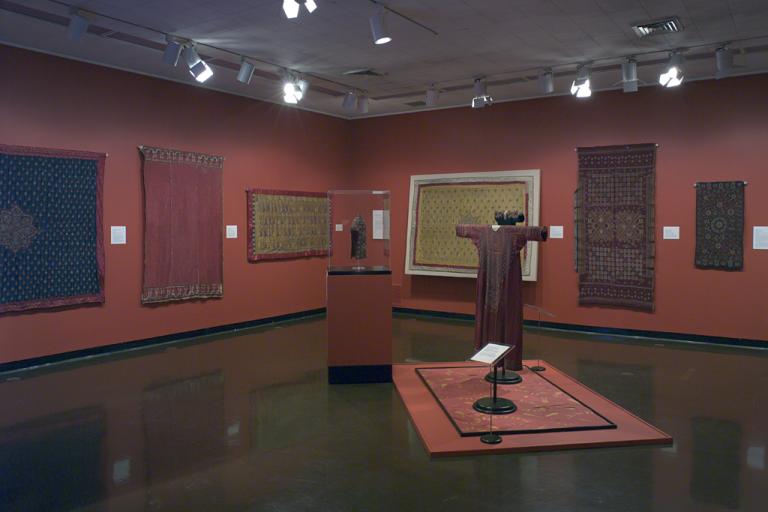obi, unknown maker from Japan
Artwork Overview
obi
, 1700s or 1800s, Edo period (1600–1868)
Where object was made: Japan
Material/technique: paper; silk; twill; patchwork; compound weave; foil
Credit line: Gift in memory of James H. Walker Jr., by his family
Accession number: 1993.0347
Not on display
If you wish to reproduce this image, please submit an image request





